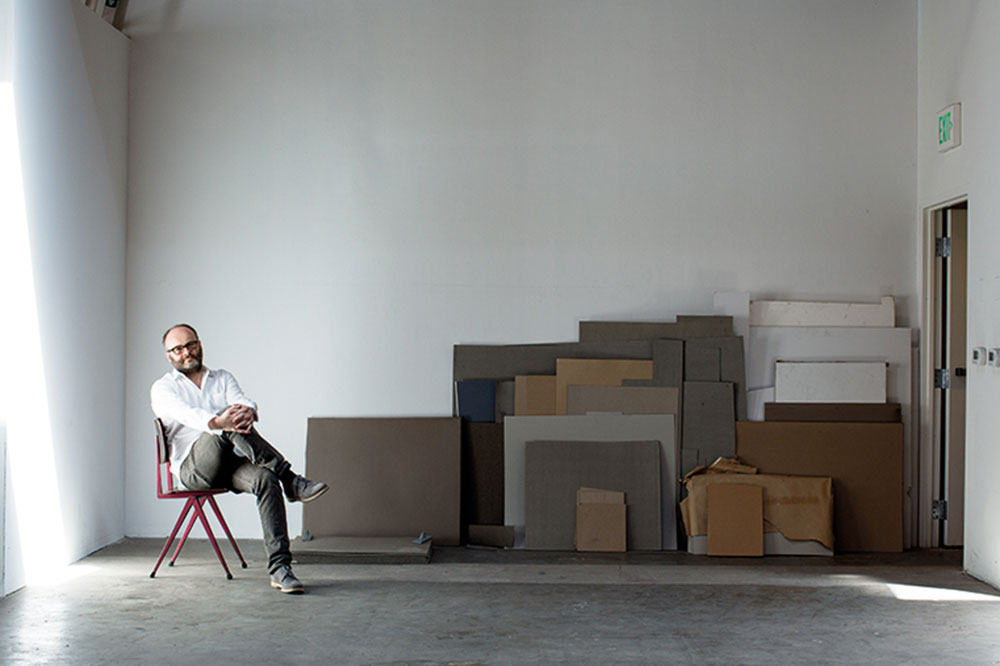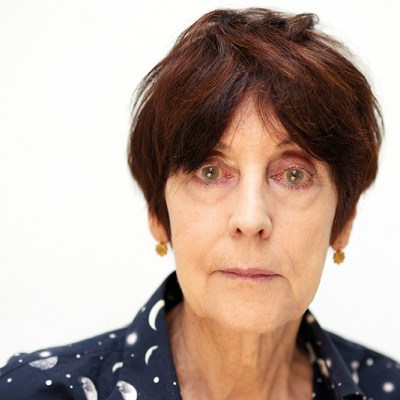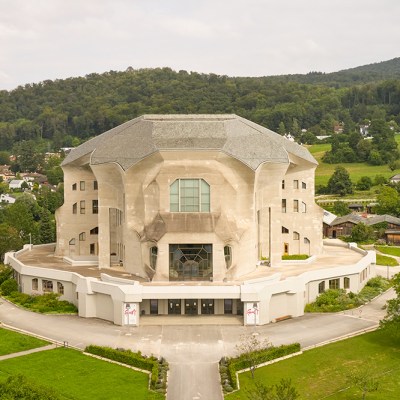From the March 2023 issue of Apollo. Preview and subscribe here.
‘Three days is an unusual amount of time to look at an image,’ says Thomas Demand. Shortly before our conversation, the United States had shot down a Chinese ‘weather balloon’ – possibly an espionage device – that had spent several days drifting insolently over its territory. This incident caused a furore in the United States, but for the German artist it had a spark of beauty. In a frenetic and unreliable visual culture like that of the 21st century, images rarely linger very long in the consciousness before being replaced – the pale orb in the sky was a rare constant.
For almost 30 years, Demand has used sculpture and photography to plough a distinctive and prescient furrow. He is best known for crafting meticulous cardboard sculptures of real environments, then photographing those sculptures and destroying them. The model is the method, the photographs are the artwork, and are generally close enough to their real-life source material to appear ‘real’ to the hasty or careless viewer.
Kontrollraum / Control Room (2011), Thomas Demand. © Thomas Demand, Adagp, Paris, 2023
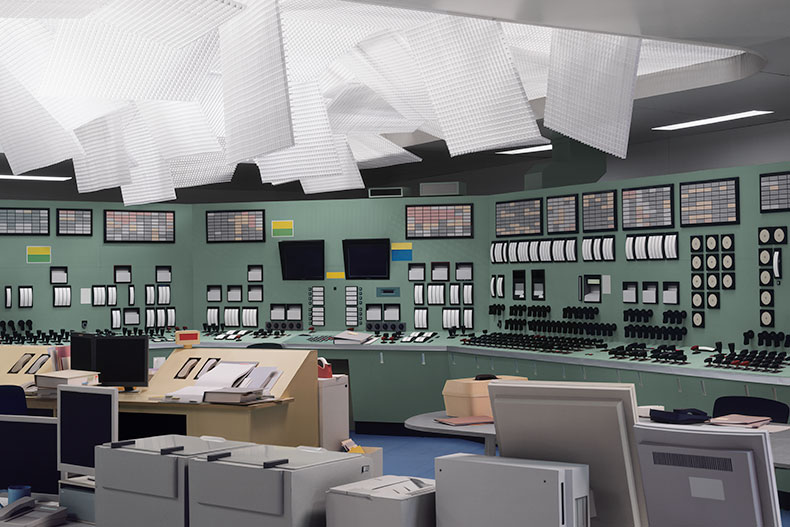
His works, which include films as well as photographs, often wrong-foot the viewer in another way. A squalid little kitchen, a drab archive stacked with box files, a paper-strewn office: his banal and ordinary environments often have sinister connections and meanings. The kitchen is Saddam Hussein’s, the office is the Stasi’s. Even spring blossom in a back garden turns out to be an image of the home of the man who bombed the Boston Marathon.
‘People like to use my work to show that photography isn’t telling the truth,’ Demand says, more than once, a fact he sounds a little ambivalent about: glad to assist the cause of critical thinking, but not comfortable with being used as an example of deception. Surely, though, the care that goes into the images indicates a certain desire to convince – does the trickery give him any pleasure?
‘What I do enjoy is when people look at the work and then realise what it is,’ he says. ‘If you were to hang a photograph of a real object next to a photograph of my object of the same kind, you would see how clumsy my representation of reality is. I don’t take the mistakes out, I have a certain amount of details missing: the traces of use, any writing, other details – it always looks like somebody just left it. It looks more like an idea, a utopian composition of the thing rather than the real thing. It is a proposition of a thing rather than the real thing.’
What this proposition is intended to do is trigger the viewer’s memory of something they have seen – or at least a feeling that they should be remembering. ‘It triggers your picture library to spill something out,’ he says. And once the viewer makes the connection, and realises they are seeing a reproduction, not an original, “it falls apart, but in really nice ways.’
But how does a highly idiosyncratic practice like this evolve? So painstaking is the work, and such is the care that Demand puts into its display, one expects him to present as a driven and goal-oriented artist. But his description of his career is strikingly modest, always emphasising the practical nature of each aesthetic move, the steepness of the learning curves, the early mistakes.
What came first, Demand says, was the sculpture, while he was still a student, first at the Akademie der Bildenden Künste in Munich and then at the Kunstakademie Düsseldorf. ‘In order to not waste my energy, and later on to not waste my space, I made sculptures that were very cheap and I could get rid of and I didn’t have to store them,’ he says. Cardboard was easy to find wherever he was, and he was influenced by the American sculptor Richard Tuttle: ‘He would go to a place where he had a show, lock himself up in a hotel, and sculpt with whatever he found there.’
After systematically making and destroying work for a couple of years, he realised that he had nothing to show for his efforts, ‘So I thought I would photograph them before I threw them away.’ These early photographs were, he says, ‘bafflingly bad compared to what I thought was a good sculpture’. What they achieved, though, was a slow lesson in the language and rules of photography. ‘If you are not a good photographer you need to modify the sculpture in order to look right on a photograph,’ he says, and so sculpture began to subordinate itself to photography.
Moving to London, he realised that ‘what I thought was an international language of art was a local dialect, it was a Düsseldorf dialect of how to do things. And also I realised that I was very much the German in the class […] and I realised that all my narratives were all identified as German narratives.’
In modern Germany, documentation and historical truth are highly charged subjects, and this was territory Demand began to consciously explore. Room (1994), one of his most famous early works, shows the aftermath of a failed assassination attempt against Adolf Hitler. ‘I grew up with that [picture], that was the basis of my education in being a good German citizen who will do the right things so something like the Third Reich can never happen again,’ Demand says. ‘What do you do with these pictures? On one hand everybody my age knows it in Germany, they had it in school every year, it was shown as evidence that resistance was possible, so it formed my character and it has a large place in my memory, so what can I do with that picture, can I reactivate it? Is that taboo, or constructive?’
Recently Demand’s long reciprocal relationship with architecture has become more intimate. He has photographed models made by architects, such as Japanese studio Sanaa, in near-abstract assemblages, and he has taken a deep interest in the exhibition of his work, designing demountable, portable display pavilions, including a bold red drum-shaped ‘cinema’ for his film works. As we speak over Zoom, he is in Paris overseeing the installation of these structures at Jeu de Paume for a major new show, ‘The Stutter of History’ (until 28 May).
The Triple Folly, a pavilion designed by Thomas Demand with Caruso St John in 2022 at Kvadrat’s headquarters in Ebelstoft. Photo: © Nic Tenwiggenhorn, 2022

This architectural interest has now come to its natural – possibly inevitable – conclusion: a building. The Danish textile company Kvadrat asked him to build a pavilion on land beside its corporate headquarters near Aarhus, a project that was completed last year. From making paper and card look like buildings, Demand has now made a building resemble paper and card. This ‘think tank’ has three elements: a meeting space, a kitchen and a small concert hall. The meeting space is covered with a roof resembling a sheet of paper taken from a yellow legal pad and folded in the middle to make a sloping pitch. Made from fibreglass, it is impressively paper-thin, and it even has ring-binder holes. The kitchen is circular and its roof is white and crimped around the edge like a paper plate. But Demand did much more than provide the outer form of the building: he has designed almost every aspect of the interior, from tables and chairs to door handles and Murano glass pendant lights.
‘It’s very consistent with the work – it’s almost the same logic,’ Demand says. Of course it will not be photographed and then destroyed, but ‘it will not be seen by many people in the flesh, so mostly it’s going to be represented in photography, and that’s kind of consistent.’ The only non-consistent thing, he says, was not using cardboard, and the various important technical demands of a full-scale building, in which he was aided by the architect Caruso St John.
Daily #32 (2017), Thomas Demand. © Thomas Demand, VG Bild-Kunst, Bonn/DACS, London (2017), Thomas Demand. © Thomas Demand, VG Bild-Kunst, Bonn/DACS, London
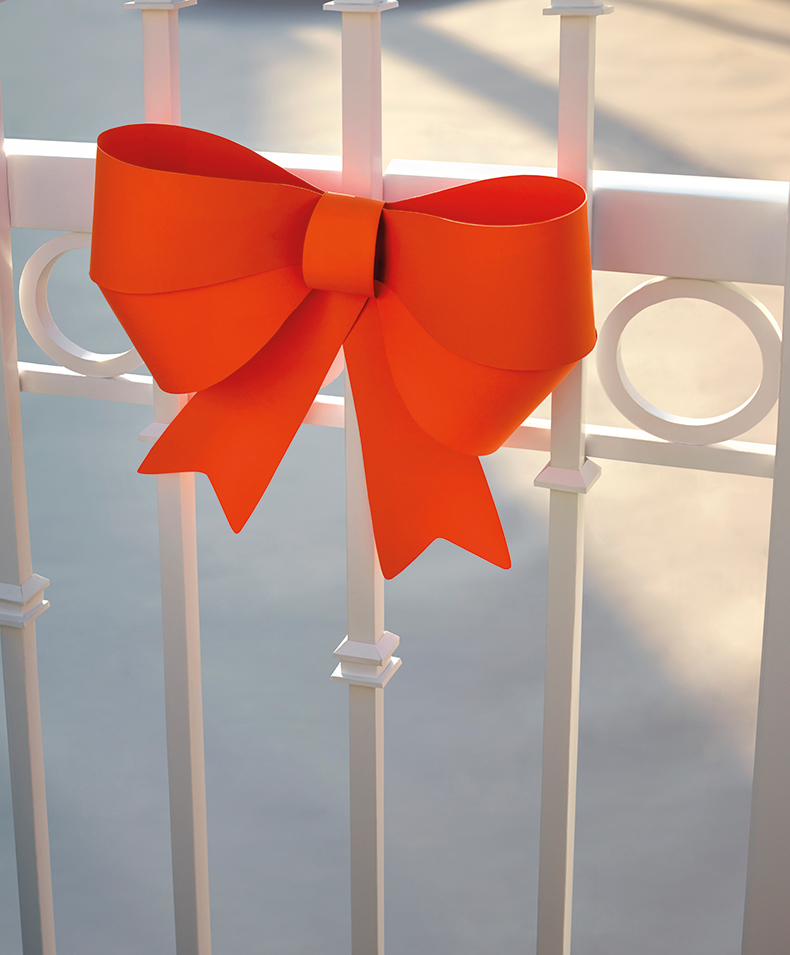
In recent years Demand’s work has moved somewhat away from the venues of history to the everyday, throw-away world around us, through a series called the Dailies based on phone snaps, but even here a faintly ominous quality persists. It’s as if some double-entry book-keeping is going on: showing the banality of some sinister places, means banal places must have something sinister about them. The desertion of the images, the absence of human subjects, is part of it, and the naturally uncanny nature of a simulacrum. But is eeriness a quality that he deliberately pursues? He retreats a little from the word ‘eerie’, disclaiming any easy ‘horror movie’ effects like concealing darkness. ‘But if you define eeriness as a certain quality which is beyond the now, and is in the bright light of day, that’s what I’m trying to do,’ he says. ‘Ghosts don’t come only at night. I’m not trying to work in the darkness.’
The evidence of human presence, but without any humans present, creates ‘an emptiness that you fill with your expectation,’ he continues. ‘In criminology they realised that if they show the scene of the crime with- out people, without witnesses, they find it much easier to identify that it happened there, or there, or there. We tend to look at people when we look at pictures.’
All of which comes back to memory, the true constant through all Demand’s work, and a precious, treacherous commodity. He is deeply concerned at what he calls ‘the cancerous archive’, the unreliable and dangerous stew of dubious memory ever-growing on the network. ‘We can’t really rely on any knowledge on the Internet,’ he says. So people retreat into informational bubbles, clinging to the few sources they regard as reliable. ‘I just went to Israel and it’s just unbelievable how their society is ripped apart, because they’re all sitting in their bubbles and their whole verification system is not in any place any more. They can probably agree on the weather but that’s all they can agree on […] I don’t think all hope is lost but you have to learn how to live with it.’
But this, of course, is what he has been talking about since the beginning. Does he feel like a prophet – one who was maybe unwisely ignored? He says: ‘On my gravestone: “I told you so.”’
‘Thomas Demand: The Stutter of History’ is at the Jeu de Paume, Paris until 28 May.
From the March 2023 issue of Apollo. Preview and subscribe here.
